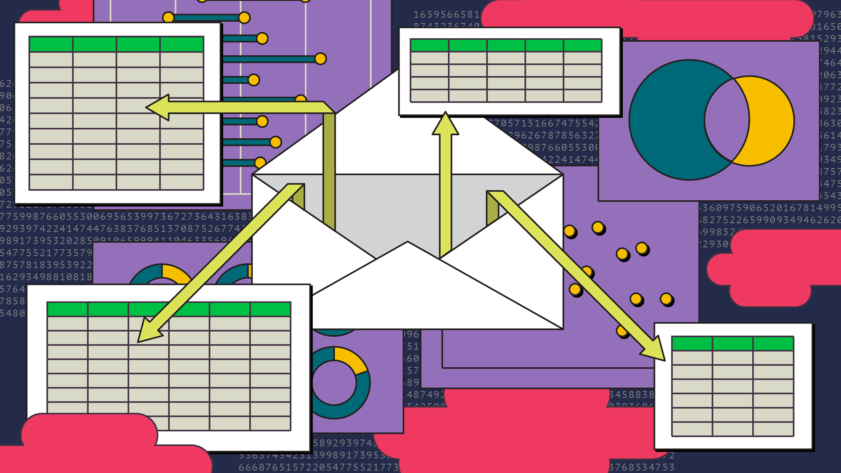Data Is Plural is a weekly newsletter of useful/curious datasets. This edition, dated July 13, 2022, has been republished with permission of the author.
Heat metrics. When you talk about outdoor heat, you’re likely referring to “dry-bulb” temperatures, measured by a thermometer shielded from the sun and moisture. But other factors also contribute to the physiological experience of hot weather. To that end, Keith R. Spangler et al. have created a dataset containing daily estimates of the wet-bulb globe temperature, Universal Thermal Climate Index, heat index, humidex, and other heat metrics for every county in the contiguous United States from 2000 through 2020. That first metric, for instance, was “originally developed in the 1950s to establish epidemiologically relevant thermal thresholds to prevent heat-related illnesses at US military training camps” and takes humidity, solar radiation, and wind speed into account.
Technology adoption. Diego A. Comin and Bart Hobijn’s Cross-country Historical Adoption of Technology dataset, published in 2009, compiles statistics “on the adoption of over 100 technologies in more than 150 countries since 1800.” Examples include the number of telegrams sent, television sets in use, knee replacement surgeries performed, and metric tons of freight carried on railways. Last month, Charles Kenny and George Yang published a dataset and accompanying working paper that updates those numbers and expands the technologies covered. [h/t Ranil Dissanayake]
Legal language. Peter Henderson et al.’s Pile of Law is “a 256GB (and growing) dataset of open-source English-language legal and administrative data, covering court opinions, contracts, administrative rules, and legislative records.” Its texts come from CourtListener (DIP 2016.04.13), the Constitute Project (DIP 2022.04.13), the European Court of Human Rights’ published opinions, the Consumer Financial Protection Bureau’s collection of credit card agreements, and many other sources. [h/t Lynn Cherny]
Digital payments in India. PhonePe, a digital payments company serving India, publishes quarterly aggregated data on users and transactions. The statistics, which go back to 2018 and power an interactive map, are available on a national, state, and district level. User counts are provided as totals, as well as grouped by device brand. Transactions are measured by count and total value, with the counts also disaggregated into a few categories.
Early movie theaters in Oregon. The Oregon Theater Project, developed as part of a cinema studies course, “aims to document the history of moviegoing in Oregon—why people went to the movies, where people watched them, and what people thought about them,” with a current focus on the silent film era. Its directory of 200-plus theaters is available to download and explore online.
Notice: Unlike most of our content, this edition of Data Is Plural by Jeremy Singer-Vine is not available for republication under a Creative Commons license.




